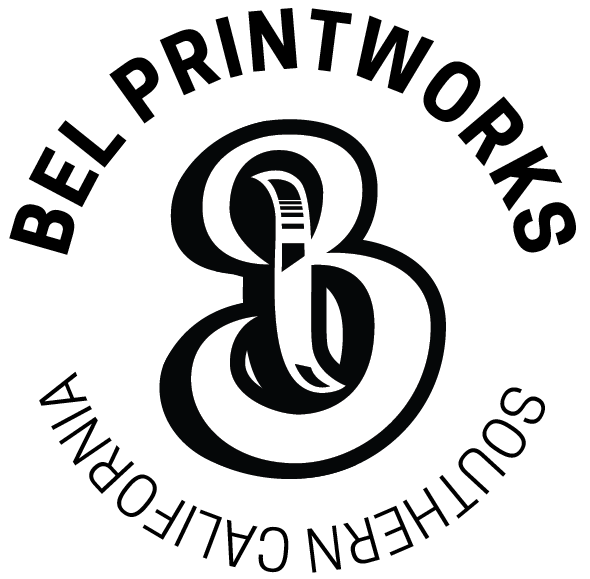Posters are a popular medium for communication, art, and advertising, but knowing the standard poster size is crucial for ensuring your message is effectively conveyed. In this blog, we will explore the common sizes for posters, their uses, and tips for creating eye-catching designs.
Understanding Poster Sizes
Posters come in various sizes, each serving different purposes. Here are some of the most common standard poster sizes you might encounter:
1. Small Posters (11” x 17”)
Often referred to as “tabloid size,” these smaller posters are perfect for events, notices, and promotions. Their compact size makes them easy to display in tight spaces, such as bulletin boards or shop windows.
2. Medium Posters (18” x 24”)
This size is ideal for promotional materials and advertising. It strikes a balance between visibility and manageability, making it suitable for trade shows, events, or public announcements.

3. Large Posters (24” x 36”)
Commonly used for advertising and art displays, large posters demand attention. They are perfect for both indoor and outdoor use, making them great for movie promotions, concerts, and exhibitions.
4. Extra Large Posters (27” x 40”)
Typically used for movie posters, this size is designed to grab attention from a distance. They are often seen in theaters and on billboards, making them an effective choice for high-impact advertising.
Choosing the Right Poster Size
When selecting the right poster size for your project, consider the following factors:
1. Purpose
What is the poster for? If it's for a small event, a smaller size may suffice. For advertising purposes, larger sizes may be more effective.
2. Display Location
Where will the poster be displayed? If it’s in a high-traffic area, a larger poster might attract more attention. Conversely, if it’s going on a bulletin board, a smaller size could work better.
3. Design Elements
The complexity of your design can also influence size. More intricate designs might require larger posters to ensure that all details are visible and engaging.
Designing for Standard Poster Sizes
1. Utilize White Space
White space, or negative space, is essential for maintaining readability. Don’t overcrowd your poster with text and images; instead, leave room for the design to breathe.
2. Choose Readable Fonts
Selecting the right fonts is crucial. Ensure that your text is legible from a distance. Use bold and clear typefaces for headings, while keeping body text simple.
3. Focus on Color Contrast
Colors can make or break a poster. High contrast between the background and text ensures that your message stands out. Consider using complementary colors to make your design pop.
4. Include Essential Information
Make sure to include all necessary details: event name, date, time, location, and any call-to-action. Keep this information concise and easy to find.
Printing Considerations
When it comes to printing your poster, keep the following in mind:
1. Resolution
For high-quality prints, ensure your images are at least 300 DPI (dots per inch). This ensures that your images remain sharp and clear.
2. Material
Choose the right material based on where the poster will be displayed. Options include glossy paper for vibrant colors, matte paper for a more subdued look, or even weather-resistant materials for outdoor use.
3. Finishing Options
Consider adding finishing touches, such as lamination or UV coating, to protect your poster and enhance its durability.
Common Uses of Standard Posters
1. Event Promotion
Posters are widely used to promote events, from concerts to community fairs. They can capture attention and provide essential information at a glance.
2. Advertising
Businesses often use posters to advertise products and services. Their visual appeal can draw in potential customers and increase sales.
3. Educational Purposes
In educational settings, posters can convey information succinctly. They are often used in classrooms and at educational fairs to illustrate concepts visually.
4. Art Displays
Artists frequently use posters to showcase their work. A well-designed poster can serve as a miniature gallery, drawing interest to the artist’s portfolio.
Conclusion
Understanding the standard poster sizes and their applications can significantly enhance your communication efforts. Whether you’re promoting an event, advertising a product, or displaying art, choosing the right size and design elements is crucial. By considering your poster's purpose, display location, and design details, you can create an impactful piece that effectively conveys your message.

